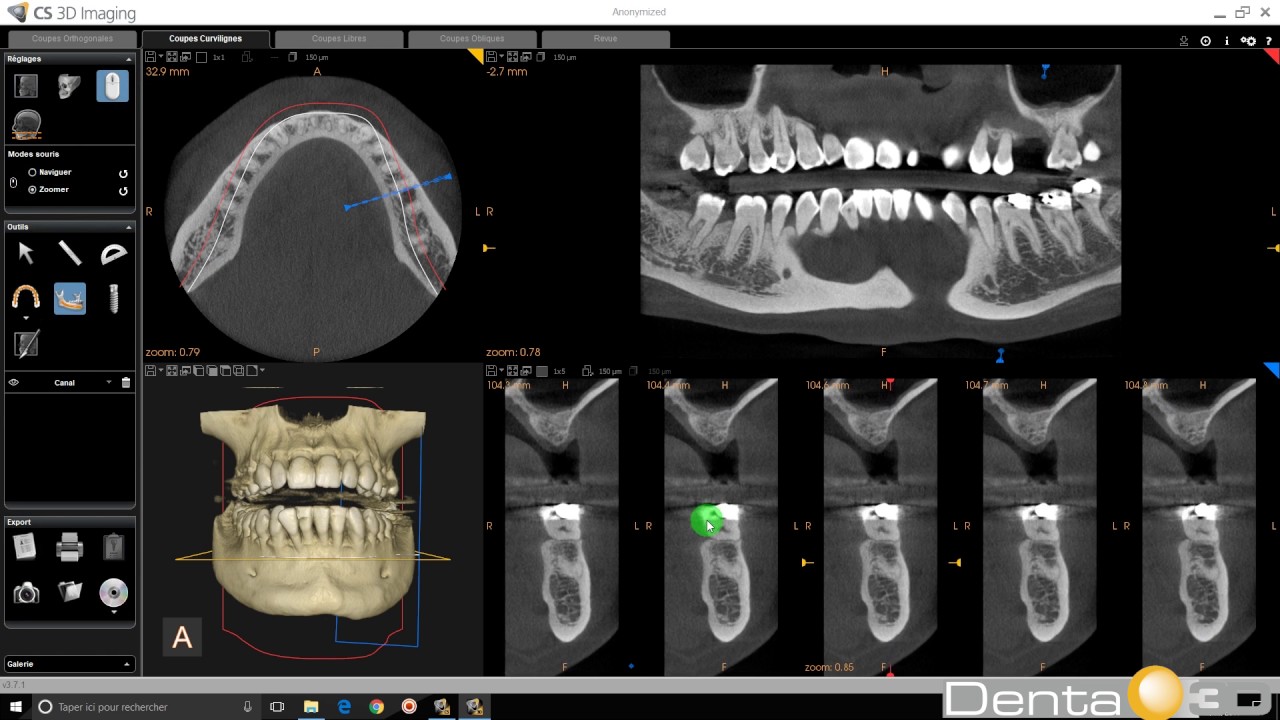Digital Radiography
Serving Miles City, Baker, Brodus, Circle, Forsyth, Glendive and Surrounding Areas
Digital radiographs (x-rays) are an essential component of every dental exam. Radiographs allow your dental team to identify dental disease that is not obvious during a visual oral exam. Cavities between the teeth, tumors, and root infections are often first identified with digital radiography. Dentists need to know what is present visually as well as what is revealed by radiographs to provide an accurate diagnosis and treatment plan.
Dentists take into account your unique patient history when prescribing dental x-rays. Your dental history, age, systemic health, and risk for oral disease are considered when making specific frequency recommendations for dental x-rays.
Digital Radiographs Reduce Radiation Exposure
Modern advances in dental imaging have made a significant difference in radiation exposure. In comparison to film based radiography, dental imaging can reduce a patient’s exposure to radiation by up to 90%. Hogan Family Dental offers digital radiography exclusively. In addition, protective aprons are available to any patient wishing to further reduce radiation exposure.
Early Detection
Early detection is paramount for optimal oral health. A very slight change seen in a dental x-ray can indicate the presence of dental disease. For instance, dental radiographs allow dentists to diagnose cavities on both the biting surfaces and between the teeth when cavities are still small and easily treatable. Dental x-rays are also critical in accurate diagnosis of periodontal (gum) disease and endodontic (root) conditions. Regularly taken, quality radiographs are essential to maintaining excellent oral health.
Four Common X-Ray Types
Four common types of x-rays are used at Hogan Family Dental, depending on the patient’s unique needs.
 Panoramic Radiographs
Panoramic Radiographs
Panoramic x-rays are taken once every three to five years, and allow the dentist to clearly see the tooth roots, jaw joint, and bone level around each tooth. This film shows missing teeth or extra teeth, reveals the presence or absence of cysts and tumors, and indicates if there may be infection present in the bones supporting the teeth.

Bitewing Radiographs
Bitewing (checkup) x-rays provide a clear view of the space between teeth and the supporting bone to visualize cavities and bone defects.

Periapical Radiographs
Single tooth (periapical) x-rays are exposed to reveal the bone surrounding the root of the tooth, evaluate the internal anatomy of the root, and identify any pathology that may be present. This radiograph is essential for establishing a baseline and is critical for an accurate diagnosis. Periapical x-rays are frequently used in urgent situations, like abscesses, and during major treatment, such as root canal treatment.
3-D Computed Tomotography
Three dimensional imaging (cone beam technology) is useful for complex treatment, including dental implants.
Hogan Family Dental Commitment
We invite you to ask questions of your dental team if you have concerns about dental x-rays. We are happy to visit with you regarding your specific dental x-ray recommendations at any time.






